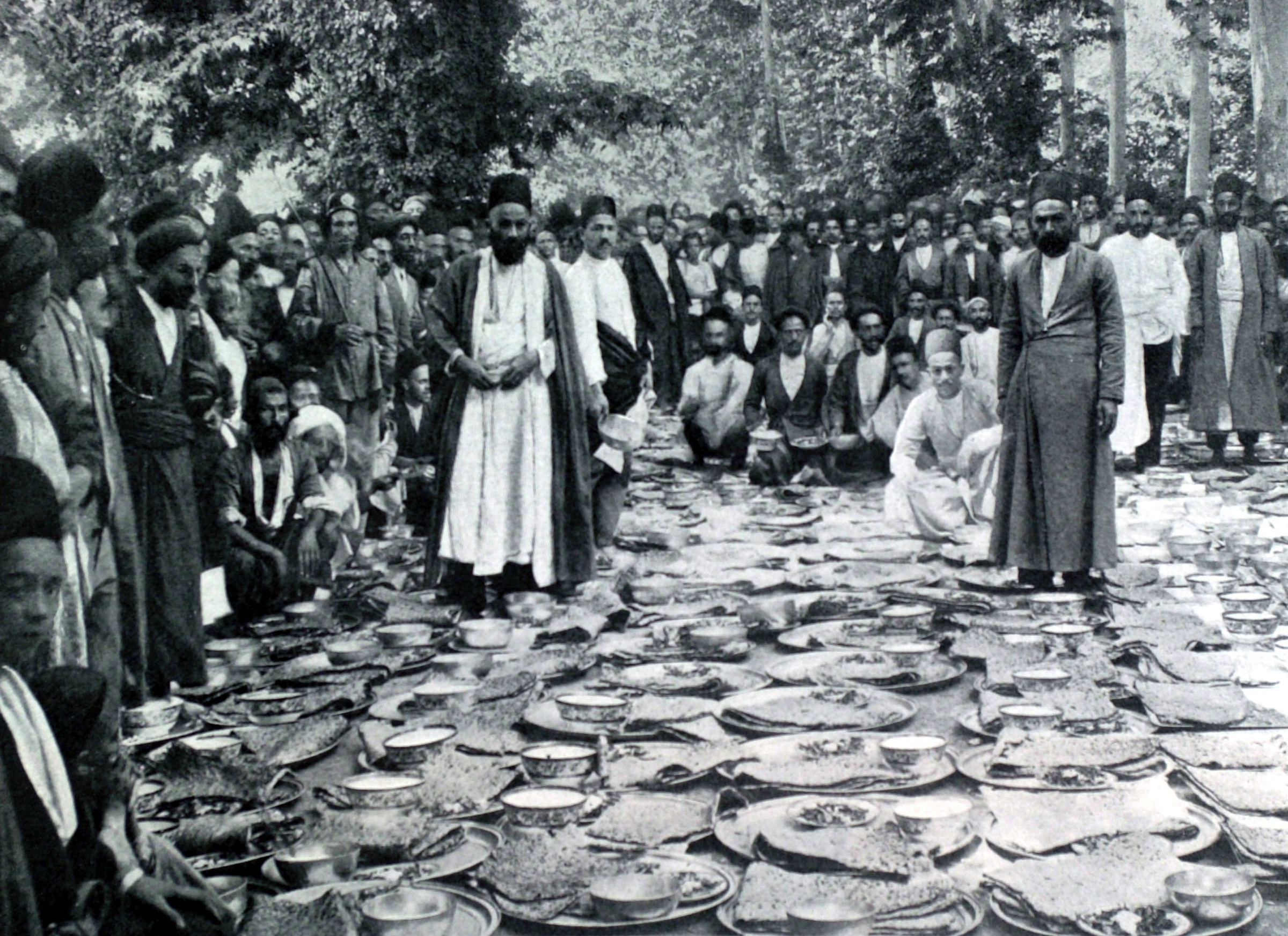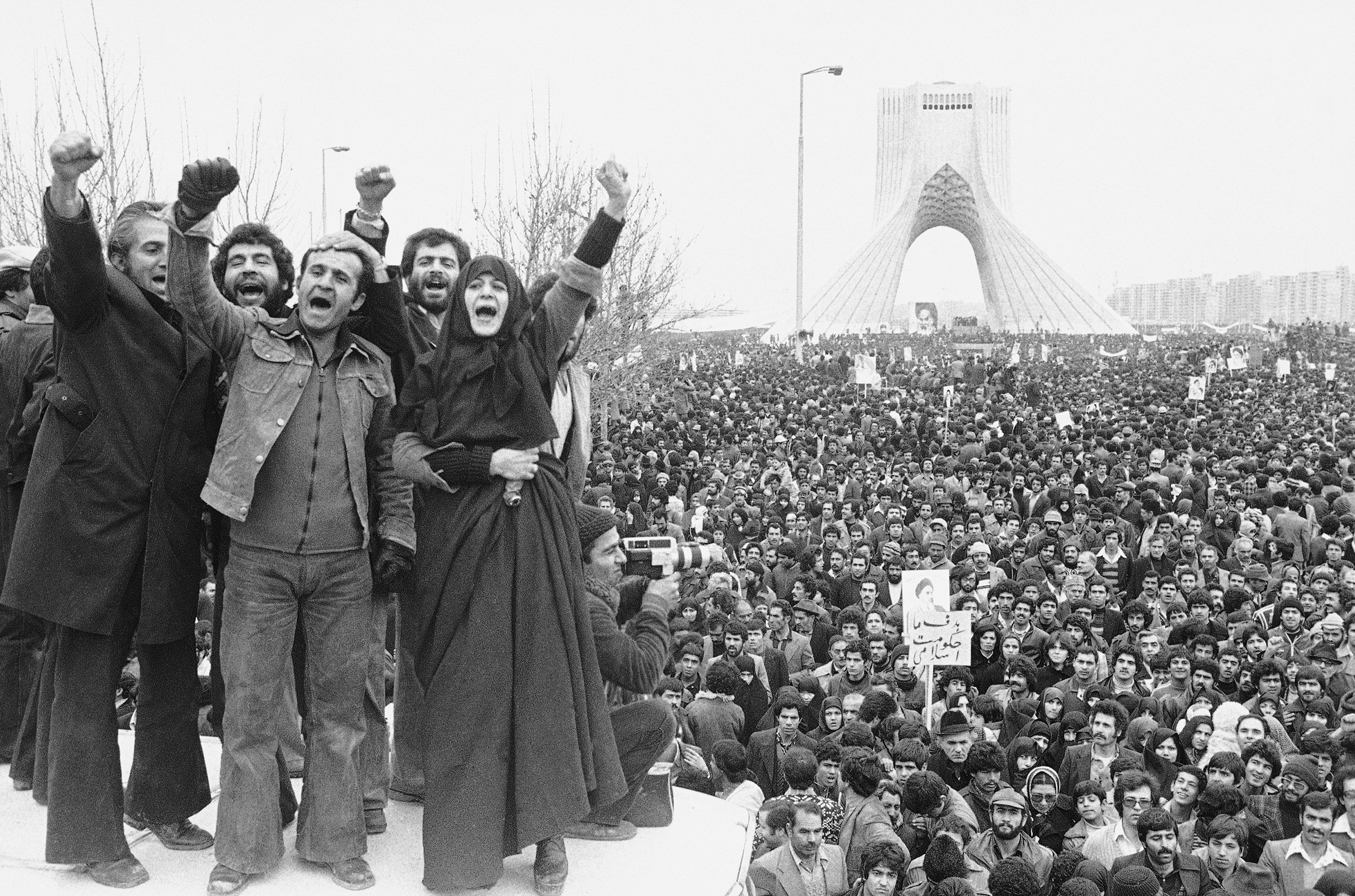
Iranian citizens have been risking their lives to protest the nation’s authoritarian regime for over nine weeks, and despite the bloodshed amid a crackdown by security forces, they show no signs of backing down. According to academics, the protest movement galvanized by the killing of Mahsa Amini—a 21-year-old Kurdish Iranian woman who was arrested for “improper hijab” and allegedly beaten to death by Tehran’s “morality police”—has lasted a lot longer than they expected.
“It is quite a long time,” says Haleh Esfandiari, the founding director of the Middle East Program at the Wilson Center think tank. “During the last 43 years, we have seen a number of protest movements and they were all crushed,” she says, referring to the period since the Islamic Revolution in 1979.
At least 434 protesters have died since Sept. 16, according to the Tehran-based Human Rights Activists News Agency, many of whom were young women. But what began as a cry for “woman, life, liberty” has morphed into a wider movement against the Government of the Islamic Republic, led by Supreme Leader Ali Khamenei.
More from TIME
Although the world’s eyes have focused on the protests in Iran to a degree not seen in decades, the country has long been a hotbed of political activism and revolution—short and long, unsuccessful and successful.
Below, some of the key periods of protests and revolutions in Iran that paved the way for subsequent activism.
The 1906 Persian constitutional revolution
The constitutional revolution was the first grassroots movement of its kind in the Middle East during the early years of the 20th century, according to Firoozeh Kashani-Sabet, a scholar of Iranian and Middle Eastern history at the University of Pennsylvania.

In a bid to tackle government corruption and foreign influence in 1905, young revolutionaries led a movement that saw a parliament, or majlis, established in 1906, diminishing the monarchy’s power. The major event invited debate and input from a variety of voices; these included intellectuals versed in Western enlightenment as well as those from Islamist backgrounds.
“The constitutional revolution was extraordinary because it had some forward-thinking ideas. People were no longer recognized as subjects of this autocratic King, although the King still was autocratic,” says Kashani-Sabet. “The other thing is eventually they did give seats to religious minorities in Iran, which was for that time period, again, a remarkable step.”
Muzaffaru’d-Di’n Shah Qajar, who reigned Iran from 1896 until 1907, approved the new constitution in 1906 as one of his final tasks as Shah before his death. His son, Mohammad Ali Mirza, took power in 1907 and dissolved parliament and abolished the constitution in 1908 when he bombarded parliament with British and Russian backing. The constitution was once again reinstated in 1909, when Mohammad Ali Mirza was ousted in favor of his son Ahmad Mirza during constitutionalist marches.
The 1951 oil nationalization movement
Politician and lawyer Mohammed Mosaddegh emerged as a nationalist leader in the 1940s and organized a demonstration against the mismanagement of finances by the Shah—who had made deals with the Soviet Union, the U.K., and the U.S. that prioritized international trade and exploiting natural resources. This led to the creation of the National Front—a coalition of various groups including religious leaders—wanting to end foreign influence in Iran.
Many young people and workers took to the streets to protest, according to Esfandiari, who was a young girl during the time. She says this was a “mini movement” that the nation saw on a larger scale during the Islamic Revolution.
Read More: What the Success of Women-Led Protests Tell Us About Iran’s Future
In 1951, Mosaddegh presented the idea to nationalize the Anglo-Iranian Oil Company (AIOC)—renamed British Petroleum in 1954—over grievances that Britain was profiting far more off the oil than Iran. Mosaddegh was elected Prime Minister that year but was overthrown in a 1953 CIA-backed coup. The Shah was reinstated and his authoritarian rule was backed by the U.S. and Western allies.
Kashani-Sabet says that with the restoration of power to Mohammad Reza Pahlavi, the last Shah of Iran, is key to understanding why citizens overthrew the monarchy in 1979. “The Shah really lacked political legitimacy after 1953, he could never really regain that.”
The 1979 Islamic revolution and subsequent protests
As dissatisfaction with the Shah reached its apex in 1978, protests were triggered when Iranian newspaper Ettela’at took aim at Ayatollah Ruhollah Khomeini—a religious figure who came to prominence as early as 1963 for his opposition to the monarchy—under the direction of the Shah. Security forces began killing protesters, who would then observe a 40-day mourning period in accordance with Shia Muslim tradition.
This set Iran on a cyclic path of demonstration, state violence interlaced with martial law, and mourning that led to the Shah and his family fleeing Iran for Egypt in January 1979. Khomeini, as a leader of one faction in the revolt against the Shah, returned from exile and took control of the government after a referendum. The theocracy introduced strict ideological laws and systems, inspired by Sharia law and enforced by the so-called morality police. These laws included media control, segregation of the sexes in public areas, the banning of alcohol, and, notably, compulsory hijab for women.

Just one month after this cultural shift, on March 8, 1979—or International Women’s Day—there was a counter demonstration march against enforced modesty rules for women. “The objection was not to women who were wearing the scarf, the objection was to the mandatory scarf,” recalls the Wilson Center’s Esfandiari. They lasted six days and saw thousands of women and men participating, but they were attacked and insulted by vigilantes and some women wearing the chador.
“It was this gradual interference in your private life and public life that created this desire for fighting the government on these new laws they were imposing, especially on women,” Esfandiari adds.
The 2009 Green Movement
According to Esfandiari, political unrest was limited during the 1980-1988 Iran-Iraq war. After the 1999 student protests over the closure of reformist newspaper Salam—the demonstrations began peacefully but escalated when a student was killed during a raid—the next notable protest arose as a result of the 2009 green movement
The hardline incumbent President Mahmoud Ahmadinejad was re-elected in 2009 in a disputed vote. After the polls closed, the regime began shutting down campaign offices of opposition candidates Mir-Hossein Mousavi and fellow reformist candidate Mehdi Karroubi, and met any opposition activists with truncheons and tear gas. Millions of citizens responded to calls to action and took to the streets of Tehran, Isfahan, Shiraz, and other cities.
The resistance came to be known as the Green Movement because many of the masses wore the shade of green associated with Mousavi’s campaign.
Ali Ansari, a professor of Iranian history and a founding director of the Institute for Iranian Studies at the University of St Andrews in Scotland, says the regime closely monitors any protest activity through regime informants and mobile and internet use. As such, the 2009 protests, much like today, were arranged “on a cellular level, street by street, from the bottom up.” He adds that the protests taking place in the digital age rely on a lot of “under the radar” action including the use of VPNs to stay one step ahead of the regime.
2017-2021 sporadic economic protests
In the past five years, there have been a number of smaller protests and strikes concerned with poverty and economic mismanagement. Iran’s economy is reliant on the oil industry but the revenues from it have been severely curtailed because of crippling U.S. sanctions, contributing to high levels of inflation, inequality, and unemployment. One particularly fatal movement protesting an overnight fuel price hike in November 2019 was labeled “Bloody November,” as Iranian authorities killed as many as 1,500 protesters.
While today’s protests lack a clear leader in a way past protests have not, Kashani-Sabet doesn’t believe this is a weakness. “A historian friend of mine reminded me that the French Revolution started leaderless too—but look at its legacy,” she says.
“It may be a collective of leaders and that’s how we have to think of revolutions now—this is no longer just a one-man show.”
More Must-Reads from TIME
- Cybersecurity Experts Are Sounding the Alarm on DOGE
- Meet the 2025 Women of the Year
- The Harsh Truth About Disability Inclusion
- Why Do More Young Adults Have Cancer?
- Colman Domingo Leads With Radical Love
- How to Get Better at Doing Things Alone
- Michelle Zauner Stares Down the Darkness
Write to Armani Syed at armani.syed@time.com